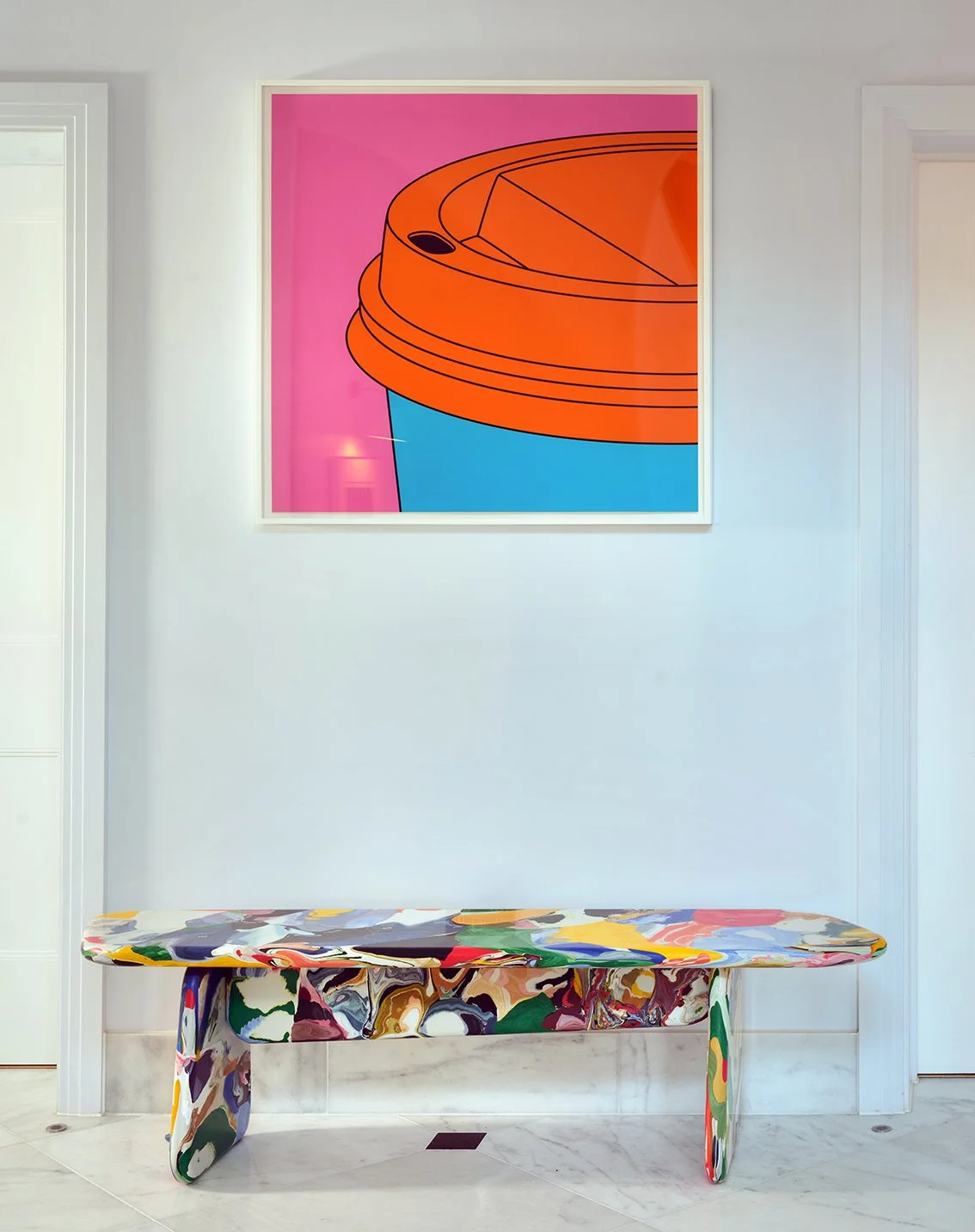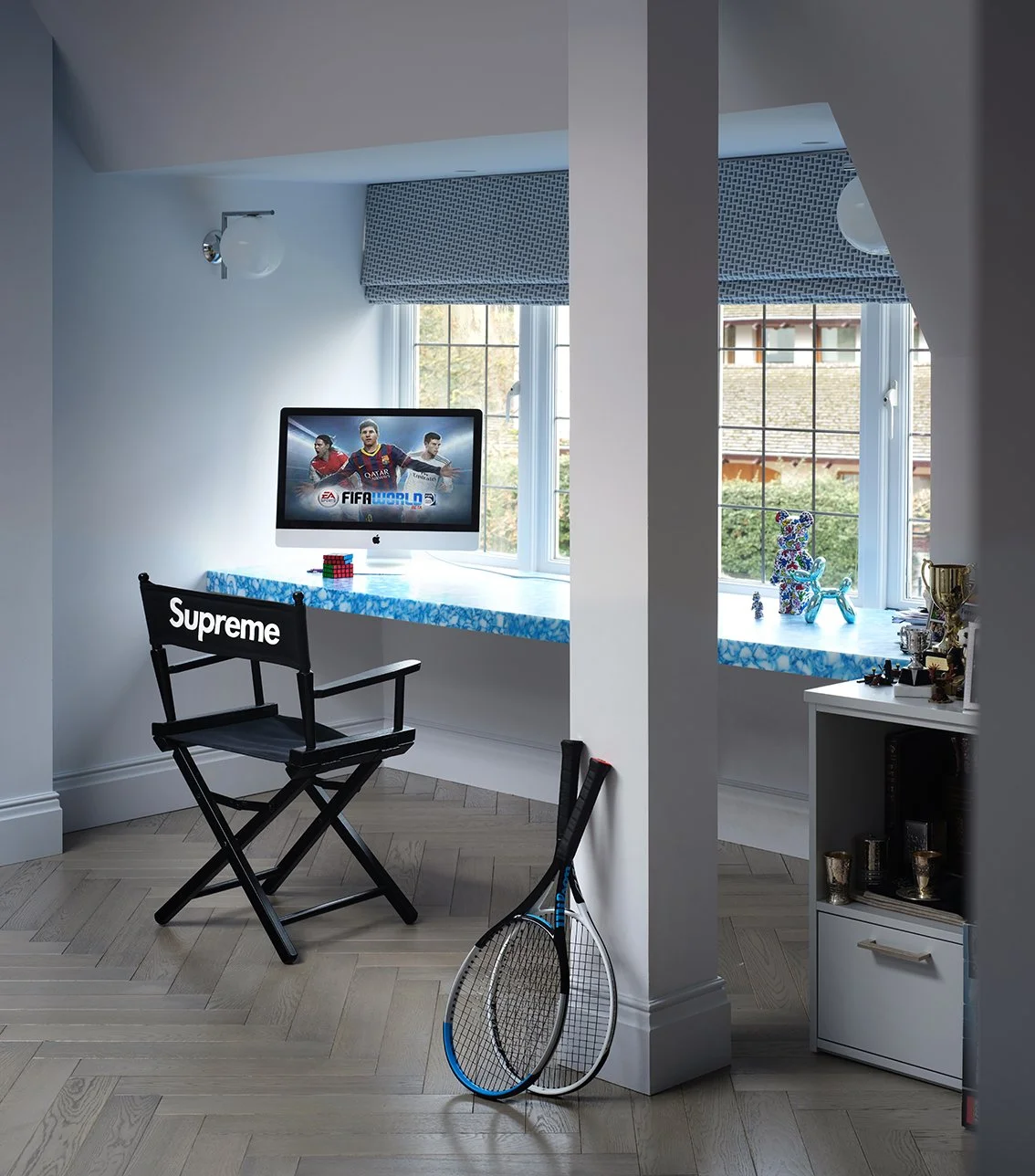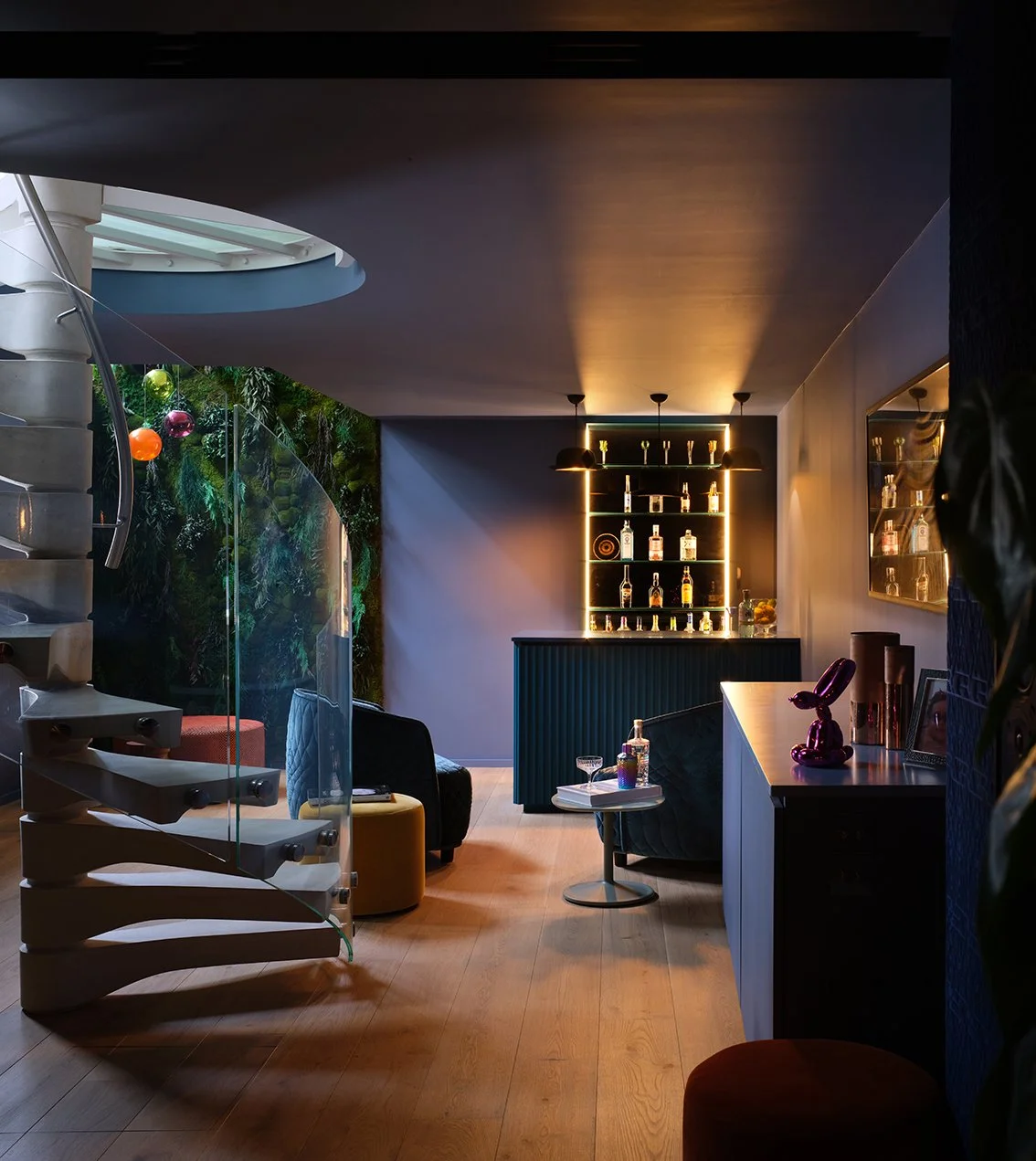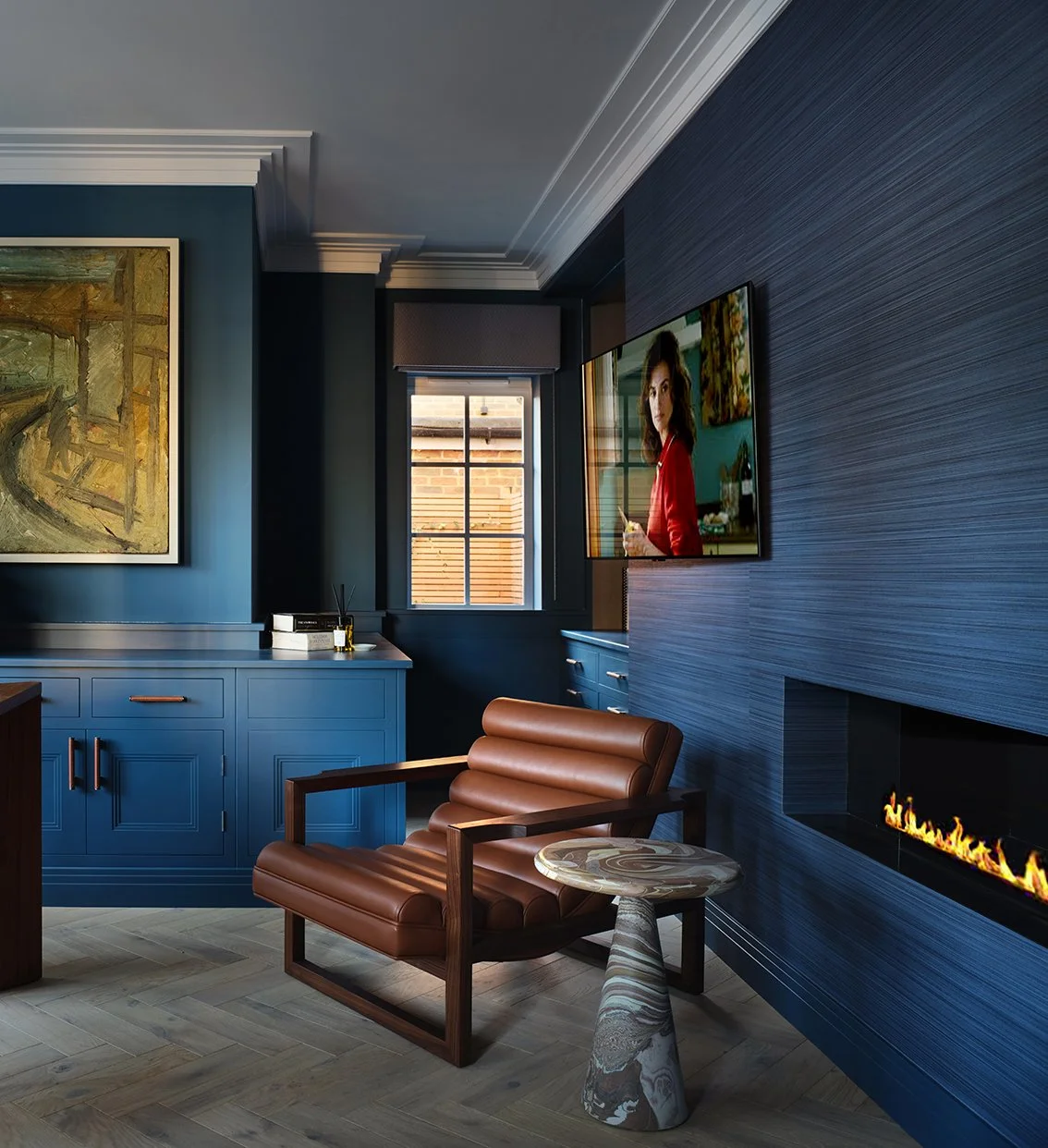Interview with Simone Suss, Studio Suss
Like many interior design studios, Studio Suss promise to create amazing spaces that “never compromise on comfort, functionality and style” and whilst the latter in particular gives their work a unique character, it’s another core value of the team that makes them stand out even further from the crowd. Sustainability is a word that many brands include when describing their ethos, although the reality doesn’t always live up to the claim. However, it’s a term that runs to the core of the work that Studio Suss do, which is perhaps why they don’t feel the need to bellow it from the rooftops in using it as a clever marketing hook. This stance is made all the more understandable when delving a little deeper into the career of founder Simone Suss, as well as the initiatives she is supporting in the current drive to turn the sustainability ship around. Having initially started her career in the media, Simone soon turned her attention to interior design having got hooked on the process when buying her first home back at the turn of the Millennium. Setting up the studio soon followed and she has since built up an impressive portfolio of high-end residential and commercial projects. But as the conversation around the climate crisis grew and the spotlight was shone upon the industry she took the initiative of signing up to the University of Cambridge Institute for Sustainability Leadership in 2020 and received a Certificate in Sustainability Management. As we discussed during a recent interview, she has not only put this to good use within her own studio work but has also committed to the Professional Practice and Sustainability Committee of the British Institute of Interior Design (BIID). Not only that, she was also a founding signatory of the Interior Design Declares initiative, which is where is started the conversation.
JB: The aims of the Interior Design Declares are thorough and far-reaching in their ambitions for creating a paradigm shift in behaviour within the design and construction industry, and indeed many companies have signed up. That feels incredibly encouraging as it suggests a growing collective will for positive change, but can you explain in a little more detail how you and perhaps other interior designers go about measuring the impact of these commitments?
SS: It is very difficult to measure the impact of changes that we make. Sustainability is a very complicated and multi-faceted subject. While there are certifications for sustainable buildings e.g. Fitwell, BREEAM etc. there is no formal assessment. Sustainability is a journey rather than a destination and the important thing about these pledges is that there is a collective will to improve, coupled with a recognition that there are several ways to do better and each has their own merits and challenges.
Each company will have its own interpretation of the pledges and focus on those that are most achievable and or aligned with their values. Several will be measuring, for example, their carbon footprints and aiming to reduce them. Other will be focused on regenerative design and use different metrics. Essentially, we are pulling in the same direction and it is up to the individual organisations to manage their priorities and measure them.
JB: Collaboration seems central to any systemic change, how do architects, designers and specifiers go about (rigorously) ensuring that every link in the supply chain is pulling in the same direction?
SS: This is something we are really trying to focus on because we need to use our agency as individuals, company owners and industry partners. We are reliant on our suppliers to be managing their own practices in the most sustainable and regenerative way possible. Greenwashing is a real issue so we need to be mindful of promises that are made and do our own investigations. We have great working practices with companies that we know to be doing good work, and part of the Interior Design Declares pledge is a shared knowledge base so that the industry can learn from each other.
At the moment, sustainability is self-governing and we are incumbent on companies doing good because they want to rather than due to external pressures. Legislation is yet to catch up so another part of the work we are doing is lobbying for change and trying to build awareness of the issues at play. For example, Interior Design Declares are supporting a campaign to support better fire safety measures with reduced human and environmental health risk by readdressing the use of toxic flame retardant chemicals.
JB: Another collaborative partner in the process of interior design is indeed the client and your work spans private, commercial and developers clients. Do you find there is a shared or collective desire for more sustainable practices or is there any disparity?
SS: Clients have varying levels of commitment towards more sustainable practices. Some of our commercial clients are more incentivised to employ more sustainable practices as they need to respond to their own stakeholders. Sustainability has not been a key driver for many of our private clients, but once they realise that they can make sustainable choices without necessarily compromising the aesthetics, function or budget they will often go for the more sustainable options.
JB: How do you go about working with or convincing your clients of more sustainable choices?
SS: We present a number of options to clients that fit their brief. Understanding how sustainable the products are is intrinsic to our selection choice so we educate ourselves to provide options that work on a functional, aesthetic and sustainable point of view.
For example, at our most recent residential, new-build project, we sourced many items from companies with a strong stance on sustainability. There was no compromising on the look; the sustainability elements were invisible. Much of the seating was manufactured locally in the UK, furniture items were made from recycled products, rugs were made from recycled plastic, paints were extremely ecological, wallpapers from managed forests. Where available, most buying decisions that the client made were sustainable ones; without them necessarily being aware.
JB: In your own words can you describe the core sustainability values of BIID and the work that you have done with them?
SS: I’m a member of the Professional Practice Committee for the BIID, which is committed to leading the interior design industry towards more sustainable practices by encouraging members to embed sustainability into their practices and lessen the environmental impact of their work. We have published guides about Sustainable Specifying and how to measure and reduce Carbon Footprints whilst highlighting issues that may affect designers, such as the chemical Fire Retardancy issue described above. All guides are available for free on the website with an aim to share as much knowledge as possible to the widest audience.
JB: And you are also working with the CIC, an organisation that is also intent on reshaping our approach to sustainability. Can you explain some of their core sustainability values?
SS: The built environment is responsible for 38% of carbon emissions globally and I represent the BIID on the CIC Climate Change Committee, which is the unifying voice of all institutions within the built environment professional services sector. The Carbon Zero Action Plan examines how we address the issues as an entire built industry and includes collective actions, workstreams and deliverables. The CIC recognises that the entire industry needs to work together at every level and we can then translate these workstreams into industry and then our own company actions.
The underlying themes of all the bodies I am involved with highlights the need for collaboration. Sustainability is a complex subject and every individual needs to work together with our own stakeholders, clients, suppliers and other industry professionals.
This article was first published by Design Insider








